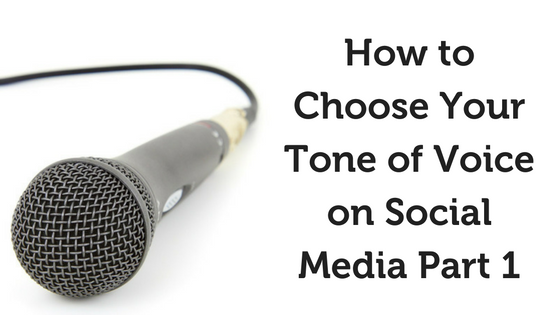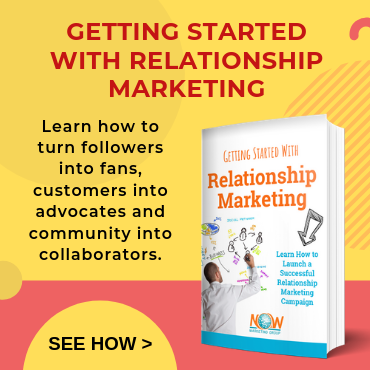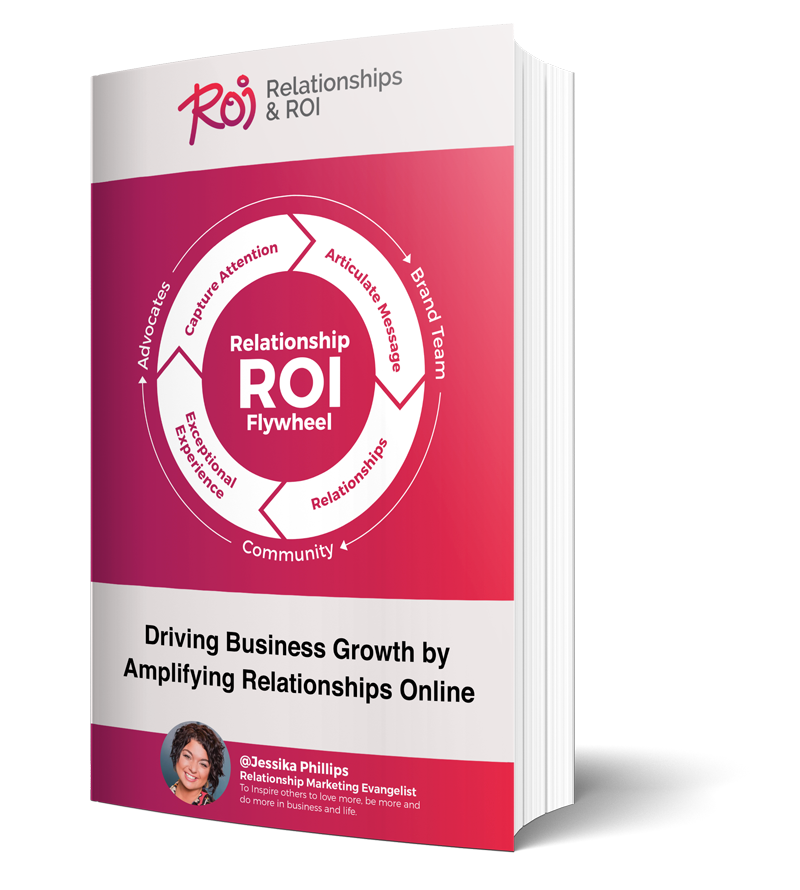If you were to go out on the street and ask someone the question about your company or brand “Hey, what do you think of the company/brand xyz?”. Would you just get stares or possibly even have to defend yourself? What if the opposite happened?
You asked the question and the person just goes on and on about how much they like the company and how much of an influence they are in the community etc. etc. The second option should be your choice I’m hoping. So if you want it, then how can you get that ecstatic reaction from people?
Your company/brand needs to have an IMPACT
It sounds simple when you just say it like that. “I need to have an impact on my consumers”, but what is it your going to do to get that impact? Social Media. As of right now the stats according to Hubspot are that Facebook has 1 billion users. Twitter has 170 million users and Google+ has 100 million users. This does not even include the marketing power of Pinterest, Instagram and Youtube. So what do these numbers mean for you then? They mean you have an amazing opportunity for your impact to spread like wildfire. That is, if you do it correctly.
Each social media outlet has a certain personality and tone of voice that you need to follow. Using each one the correct way is the first thing you need to know. Here is a list of what strategies you should use on each one:
- Facebook- Almost everyone has one of these. The phrase “I’ll Facebook you” or “Did you see my FB post?” is a common part of our conversations. This outlet is one of the most valuable social media outlets because its used as a way to humanize your brand. Your company/brand Facebook page needs to be used to connect on a personal level with each individual consumer. Do this by addressing positive AND negative comments on your Facebook page. Also you can promote the most valuable content on your blog by posting status’ that say “If you need help with x, check out this list we made about how best to use x”. Connecting with someone on a personal level in a personal way can quickly shift them from customer to advocate. Some of the last companies holding off to join popular social networks like Facebook is because they are afraid of someone saying negative feedback on their company. One thing we always say is that others will talk weather you're on social media or not, at least if you're their you can join in on the conversation happening. By being a part of the conversation you can converse with others on your brand.
- Twitter- Twitter is if not more popular than Facebook, just as popular but in a completely different way. Twitter is a “micro-blogging” platform that people use to send out little 140 characters or less tweets. Twitter in a marketing sense is best used to find your niche and be an advocate of it. Be known as the expert in your craft. As the expert you should share your expertise, curate content from experts you follow on your craft and interact with others wanting to connect with you to learn more on what you do. We call Twitter the fast food restaurant because Twitter is information on the go...fast! It's best to use Twitter in a strategic manner and have value added content that is worth attention. With an average Tweet lifecycle only being 14 minutes you need to be diligent on updating your feed with content that matters and others will want to curate to start your 14 minute lifecycle all over again. Its best to use a more proper tone on Twitter but you can still be fun. The goal is to generate some talk about your brand on here which hopefully makes someone research more by clicking your content.

- Google+- This social media outlet is one that’s not as common (yet) as the previous two, but is still a presence powerhouse and should not be ignored. Google+ is used a general “catch-all” content system. You can still share everything just like Facebook and Twitter but you should strictly stick to informative content on your website. Also you should use hashtags(#) with every post as a way to increase possible searches and let people know what your content is based around. You can use content that you think is proper for your prospects from different blogs, websties, etc but keep it even. You should also keep it informative and formal. Think of Google+ as Twitter with a top hat.
- LinkedIn- This social media outlet is best described as a professional online networking site. Linkedin is primarily used for professional connections. LinkedIn is a GREAT place to get to know who you need to know. On here you should create a personal profile for yourself then create a group page for your product/brand. The information you should share on here should stay strictly informational and should be strictly in a professional demeanor. Other users can give you endorsements (votes) for skills you put on your profile so this is the best place to be to help your reputation with other businesses
The above social media outlets have something in common. That is that they focus more on the individual than the others that are still left. In part two we will go more in depth with the other social media outlets: Pinterest, Instagram and Youtube. Those, can be more product focused.
Do you feel lost in a digital world and it leaves you saying #Hash #What @Who? Social Media is the #1 Activity online and using it to enhance your online marketing strategy can increase your ROI. Download our whitepaper on how to use Social Media with your marketing strategy and increase your ROI.




Comments